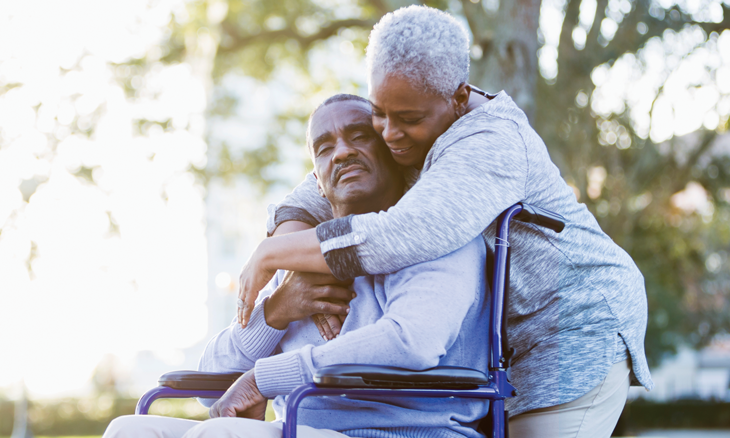
Stroke in the Summertime
Stroke can occur to anyone, at any time and at any place. But, as AHA Delaware Board President and Bayhealth Clinical Nurse Specialist and Primary Stroke Program Coordinator Kimberly Holmes explains, some summertime habits and rituals can increase risk of stroke and make you less likely to recognize stroke symptoms.
Recognize Stroke Symptoms
The first step is to learn the symptoms of stroke:
- Sudden numbness or weakness of the face, arm, or leg, especially on one side of the body
- Sudden confusion; trouble speaking or understanding
- Sudden trouble seeing out of one or both eyes
- Sudden trouble walking, dizziness, and loss of balance or coordination
- Sudden, severe headache with no known cause
“Unfortunately, some people shrug off stroke symptoms because they mistakenly think it’s a temporary problem, such as the typical numbness associated with your arm ‘falling asleep,’ or that the weakness or headache they have is caused by something else,” explains Holmes. “This can have detrimental long-term effects, which is why it’s always best to seek immediate medical attention if you have any of these symptoms.”
Consider Your Diet
Most people spend more time at barbecues and other outdoor events and activities during the summer — many of which can include increased alcohol consumption and sodium intake from foods such as hot dogs and potato chips. Alcohol consumption can make it difficult to recognize stroke symptoms since they mirror those associated with intoxication. Alcohol and increased sodium intake, along with the summer heat, can lead to dehydration, which increases risk of stroke.
Holmes says it’s also a good idea to keep a close eye on the amount of carbohydrates you eat since they drive up blood sugar, which can increase stroke risk. Diabetics are twice as likely to have a stroke compared to someone without diabetes, so diabetic patients need to be especially mindful of their carbohydrate intake.
How to Lower Your Risk of Stroke:
- Consume alcohol and other carbohydrates and high-sodium foods in moderation.
- Increase your water intake, especially when spending time outside in the sun and higher temperatures.
Take prescribed medication
Taking prescribed medication is critical for stroke prevention and treatment. But some people don’t stick with it, especially in the summer. They either don’t fill their prescriptions before they go on vacation or they forget to bring the medication along with them.
“You need to make sure you take enough medication with you on vacation and that you get your prescriptions filled ahead of time,” says Holmes. “This is particularly important if you’re taking antiplatelet medications, blood pressure and cholesterol medications, and/or blood thinners such as Coumadin. For example, missing just one single dose of Coumadin can significantly increase the likelihood of a stroke.”
How to Lower Your Risk of Stroke:
Make sure you always have your medications available and take them as prescribed.
BE FAST
If you have a stroke, time is of the essence. Every second of delay in receiving stroke care and treatment destroys one billion brain cells, which increases the risk of not only death but also of permanent damage and disability. Clot-busting medications also must be administered within a short timeframe after the onset of a stroke.
If you think you or someone else is having a stroke, you need to B.E. F.A.S.T.
Balance: Does the person have a sudden loss of balance?
Eyes: Does the person have sudden vision loss or have blurred or double vision in one or both eyes?
Face Drooping: Does one side of the face droop or is it numb? Ask the person to smile.
Arm Weakness: Is one arm weak or numb? Ask the person to raise both arms. Does one arm drift downward?
Speech Difficulty: Is the person’s speech slurred, are they unable to speak, or are they hard to understand? As the person to repeat a simple sentence.
Time to Call 9-1-1: If any of these or the other symptoms outlined earlier are present, even if the symptoms go away, call 9-1-1 immediately.
Important reminder: It’s always better to call 911 than to have a friend or family member drive you to the hospital because EMS can start treatment while on the way to the hospital.
Maintain Follow-up Care
Holmes says it’s equally important that stroke patients go to their follow-up appointments with their primary care physicians, cardiologists, neurologists, etc., because they can help prevent additional strokes from happening.
Visit Bayhealth.org/Stroke to learn more about stroke.
